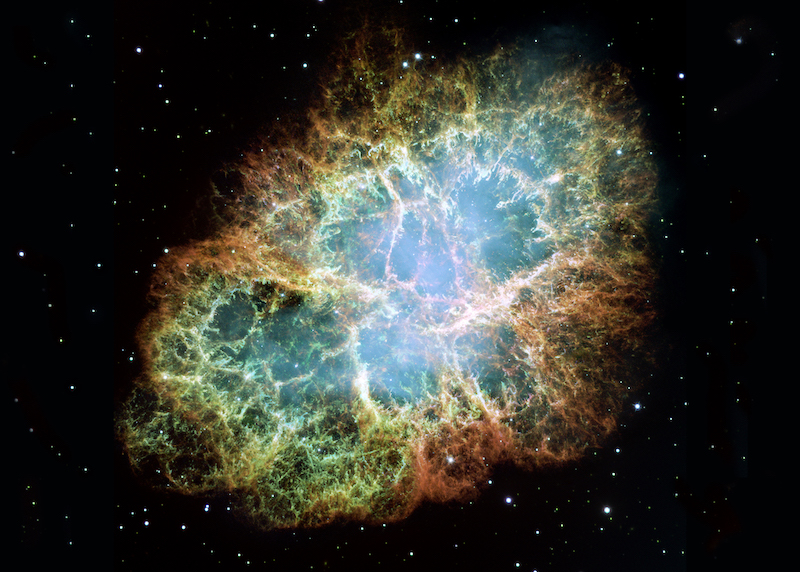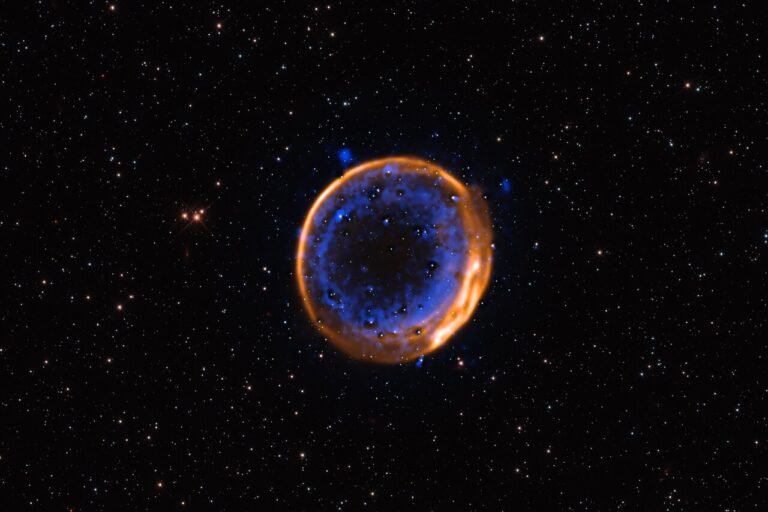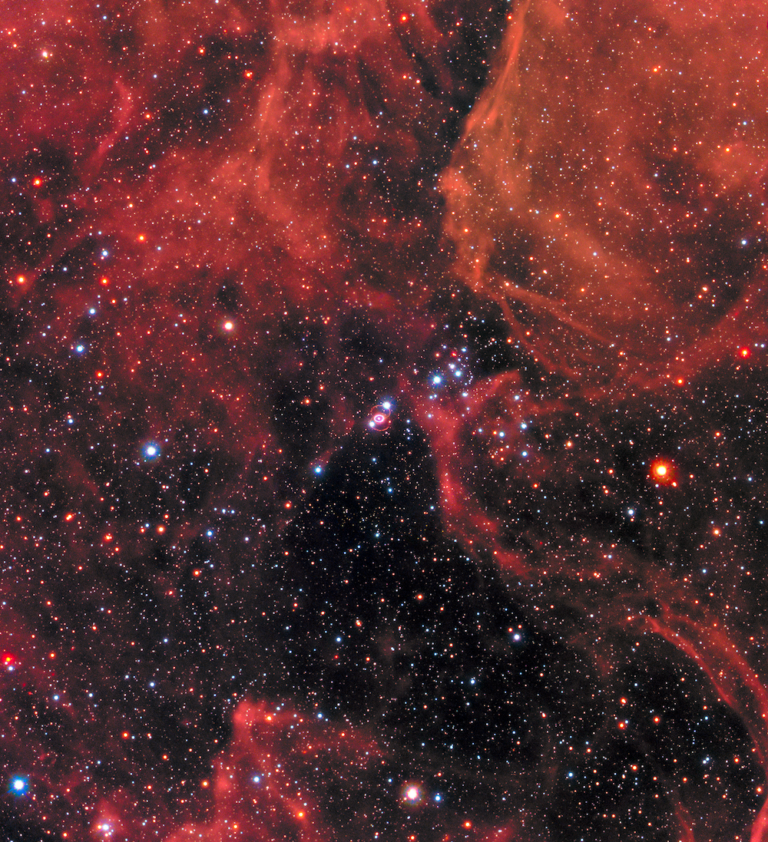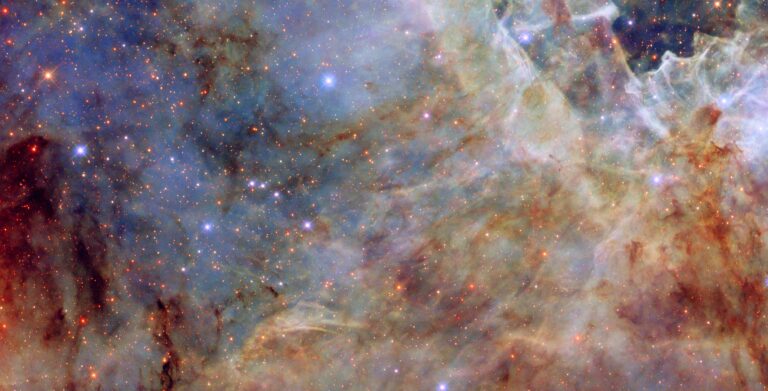
Key Takeaways:
How many stars die in the Milky Way each year?
Martin J. Heuer
St. Petersburg, Florida
Before diving into the astronomy here, we first need to acknowledge that we are borrowing the word die, which really belongs to biology. While we can try to apply the concepts of life and death to astronomy, so that stars burning fuel to produce energy are considered alive and those that are not are considered dead, the analogy is not perfect and there are edge cases where it all falls in a heap.
That said, there are predominantly two ways stars die. Normal low- to intermediate-mass stars (like our Sun), after swelling through their red giant phases, throw off their outer layers and dwindle away as white dwarf stars. This pathway to stellar death is trod about once every two years in our galaxy. For stars more than eight times heavier than our Sun, death becomes something of a spectacle, heralded by the explosion of a core-collapse, or type II, supernova. Core-collapse supernovae happen about once every 60 years. They occur much less frequently than white dwarf deaths because these massive stars are much rarer than their low- and intermediate-mass counterparts. This brings our grand total of stellar deaths to about 52 per century or one every 1.9 years.
However, we have not accounted for brown dwarfs, whose masses fall between those of stars and planets. Brown dwarfs can’t sustain long-term nuclear fusion of hydrogen, but they can, for a fleeting stage, shine by burning deuterium (an isotope of hydrogen) or in some cases lithium. This continues until this limited fuel runs out and brown dwarfs eventually become dark objects made of cold gas. However, what they lack in mass they make up for in sheer numbers — our galaxy is teeming with these objects and accounting for their life cycle would swamp the numbers above, bumping us up to something around one to three deaths per year.
But were these brown dwarfs ever sufficiently “alive” enough to die? That’s for the philosophers to decide.
David Sweeney and Peter Tuthill
Ph.D. Student and Professor of Astronomy, respectively,
Sydney Institute for Astronomy at the University of Sydney, Australia









